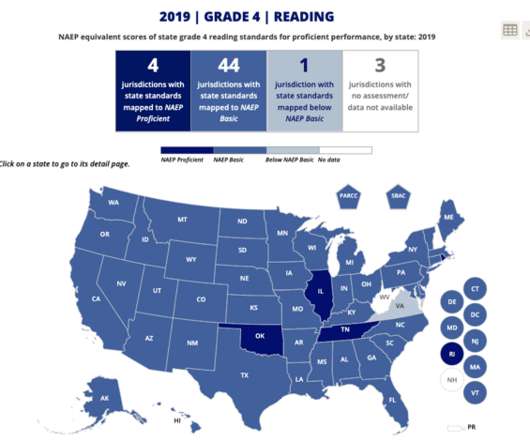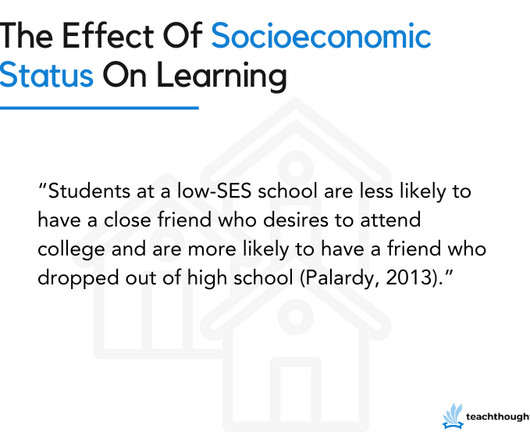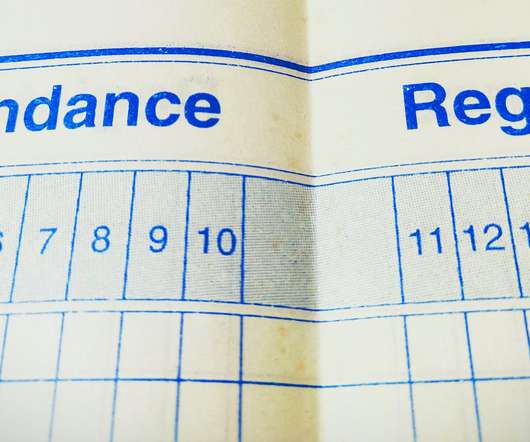Much ado about NAEP
Dangerously Irrelevant
OCTOBER 24, 2022
Scores on the National Assessment of Educational Progress (NAEP) are down after the pandemic. Indeed, it’s so aspirational that most states are not trying to reach that level with their annual assessments. Loveless noted in 2016 that: Equating NAEP proficiency with grade level is bogus. It’s significantly above that. ”
























Let's personalize your content